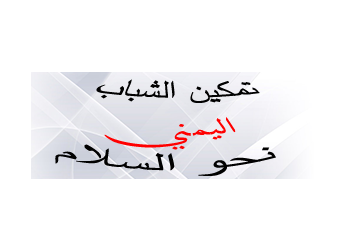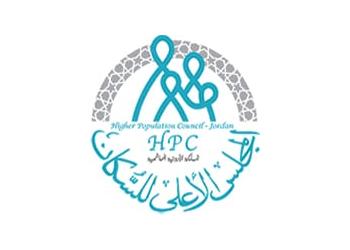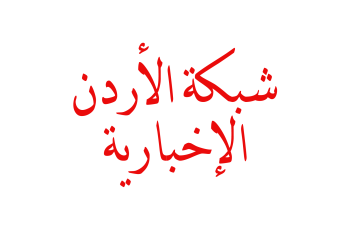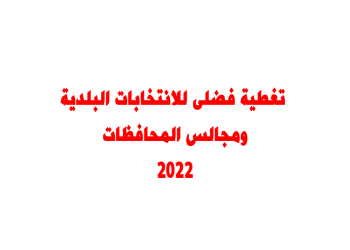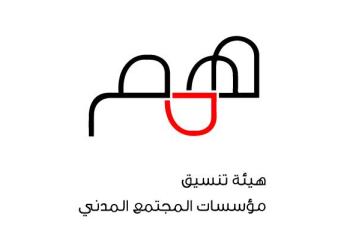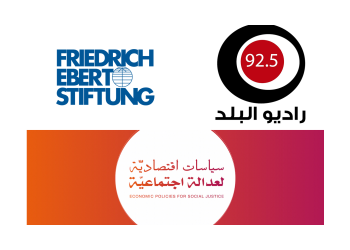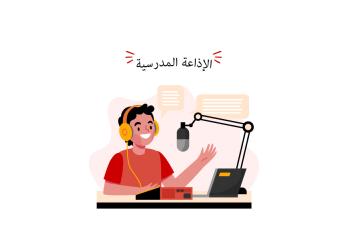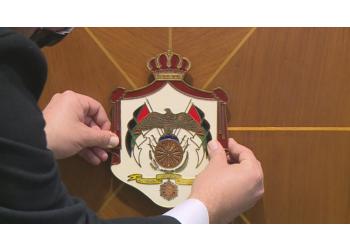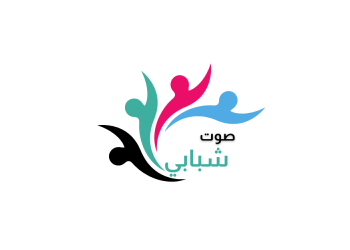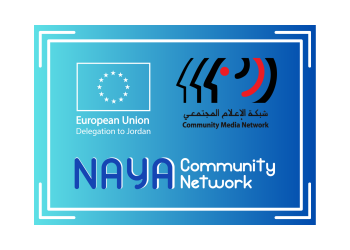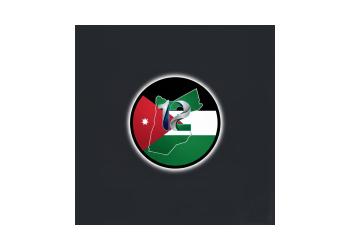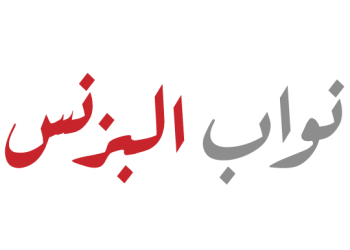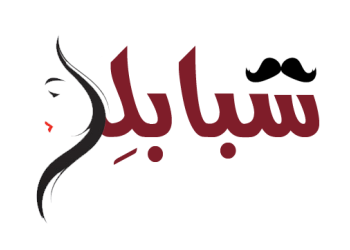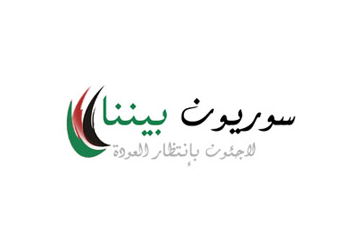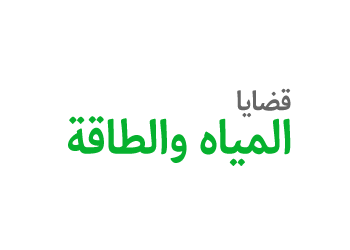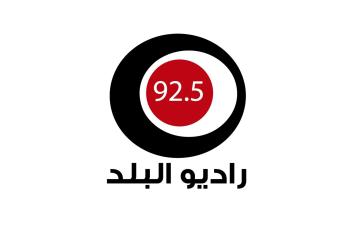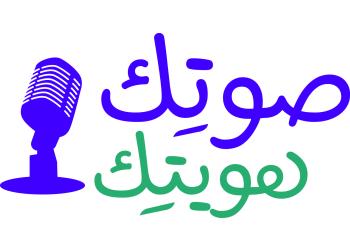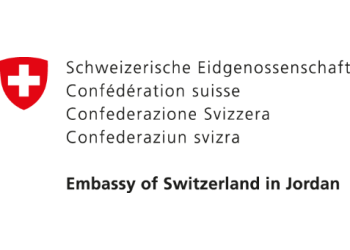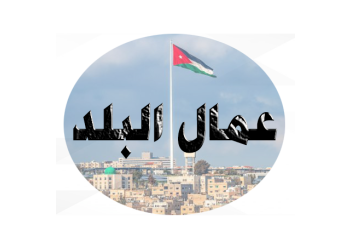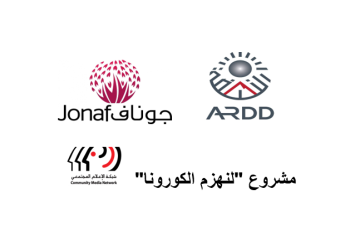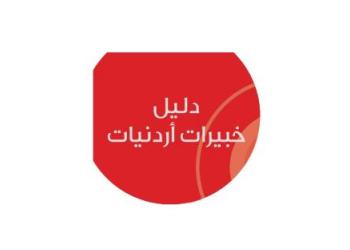Cities’ poverty, illness spread in Amman’s popular neighbourhoods
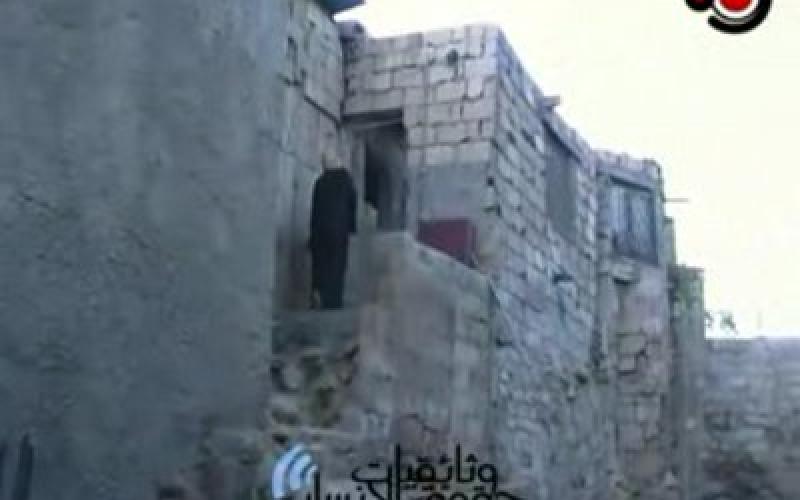
Asmaa Rajaa for Human Rights Documentaries
Yahya Haddad, a man in his forties, accompanied us as a bus route observer at one of the public transportation routes at Al-Mahatta station, in a tour we had in this neighborhood that is located to the east of the Jordanian capital Amman.
Neighborhood residents’ stories
Haddad lives in one of the old Ammani neighborhoods which is called Mahasra. He works for no more than JD5 per day despite his long 12 hour-working day, in order to feed his six children.
He organizes the work of about 30 cars for 15 piaster per each. ‘I have to work for that little amount; my family did not have a good meal in a week. We are having a yoghurt pack for today. Yesterday it was eggs. My family is having bread and tea only for their daily breakfast’.
Yahya’s small house, which the black color took parts of, is a metal roofed place, where he feels stranger at in his country Jordan. His face features can be seen on his wrinkled face and dark skin. He thinks like this due their number presence.
‘Even animals will refuse to live at my place. It is two-room house; one is a bed room as the other is a kitchen. We receive guests in a small space of the kitchen. The bathroom is in another corner of the kitchen, with no standard and needed supplies’, as to what Yahya believes.
‘We spread tools along our house in winter to collect drained rain drops due to the metal roof we have’, he goes on.
This man is a resident at Mahasra neighborhood in Jabal Al-Taj area in the Jordanian capital Amman. Despite his living within this roaring city, he is still hit by its poverty that he describes as sever, which started to bite his family’s bodies one by one.
This neighborhood is not limited to Mahasra family only, over 15,000 lives there. The neighborhood includes many families from all over Jordan. A residential density that is not accompanied with any improvement in the services offered.
Poor Mahasra neighborhood is similar t many other neighborhoods in the capital Amman. It is like Tafayla, Karakeiyah, Umm Tina, Dabbab, and Wadi Abdoun neighborhoods.
Neighborhoods poverty
The presence of these neighborhoods denies the idea of that we find poor neighborhoods whenever we moved away from the capital, according to Dr. Mohammad Al-Jrebeea, Thuraya poverty specialized study centre director.
Jrebeea emphasizes on the idea that researchers have now concentrated on the poverty in the urban areas because of the care from governments and countries towards rural and distant areas that led to the marginalization of neighborhoods inside main cities, which are really poor like those in Amman.
Urban poverty or what is also known as cities poverty is an old phenomenon as what Jrebeea considers it, but did not get the attention of bedwen or rural had, that he refers to a mistake in conducting the development policies. ‘Poor Ammani neighborhoods are one of the development mistakes. All amounts of money spent to reduce the volume of poverty did not do so, but on the contrary, they increased it. Governmental organizations that worked on tackling the poverty issue had distracted, unfocused, and not coordinated efforts, in addition to wasted time and money without getting to the targeted category’.
Eliminatory methodology
Poverty writer and specialist Ahmad Abu Khalil refers poverty in Ammani neighborhoods to a failure in the statistical side for the poor areas in Jordan, as well as the governmental withdrawal from the public services in such neighborhoods. ‘Statistics did not distribute cities in tight geographical areas to be included in the statistics. Not to mention that Greater Amman Municipality follow the eliminatory methodology in its work regarding poor areas. Country’s withdrawal from public services has made things worst for those poor and miserable’.
Anthropology teacher at the Muta University, Dr. Abdul Aziz Mahmoud believes that the poverty in the cities is resulted from the change in needs that were not essential but became now essential and a must. He said ‘despite the availability of job opportunities in Amman, low-income families can not meet their multiplying day to day demands’.
Mahmoud added that 85% of Jordanians live in cities, while 15% live in bedwen and rural areas. This, in turn, confirms the presence of poor societies in the city that have different features from those in the rural areas. Such features are the low income, large number, and the disability to meet the daily needs.
Poverty as inhabitants’ trait
Poverty stories in this neighborhood do not come to an end, next to the Haddad, Abu Rami lives. He left in the early morning to join his work a dustman at Greater Amman Municipality for a salary that does not exceed JD200. This fact leads the wife to flee to another neighborhood to feed her 5 children. The salary is not enough especially that we are in debts. We can not cook or buy fruits. I spend most of my time at my mother’s house to have a meal along with my children’.
Both seasons, summer or winter are nightmares to Umm Rami. She asks officials to pay them a visit to know the problems they are talking about. Umm Rami said “my house is a 2-room apartment, in winter, the house is filled with water because of its metal ceiling. I stay awake all night long to move my children from one place to another. As for summer, rats and insects are all over the place’.
Throughout a long aligned stony stair of great danger for its users, we managed to reach the house of Munir Ateyyeh who lives along his six children in their son’s neighboring house after their metal ceiling fell down due to rainy winter last year as what his wife, Umm Amer, explained. ‘We are not capable of affording dinner cost, how would you like us to by this metal ceiling? We all sleep in the same room at my son’s house’.
The husband, Ateyyeh, has a 75% disability, yet, the Ministry of development did not pay him and his family a visit in years. ‘I can not work for being sick. My son support our family and his as well’.
The wife is tired of thinking how to save her family from poverty, yet, in vain. She can not have a loan to establish one of those home-based projects because she is afraid she might not be able to pay it back. ‘We ask king Abdullah II to visit us. We live in a miserable situation. We have water from the neighbors as we can not afford to buy a water gauge’.
Nuha Aziz, another neighbor, has her own story with poverty. She believes poverty has a tax that her sons and self have to pay with blood and health. She has been just arriving from her work as a full time house maid. ‘My husband works for a salary of no more than JD170 as a dustman. This is what forces me to work all day long and to leave my sons without any kind of care. I have to work also to pay back the debt which accumulated after we built a second room to our house to shelter us and our 5 sons’.
Poverty Road
We continued our way across the neighborhood’s stairs in an alley to reach the house of Mohammad Hussein, who lives among a large number of residents sharing the same building. He does not doffer too much from those who we met. He lives off JD25. ‘I do not work because of my 85% disability. Ministry of Development has stopped my salary after allegations from someone that I am working and earning JD25 from a Zakat commission and material aids from some neighbors living in a better situation. If something happens to me, my sons will be lost’.
Most of the residents in Mahasra neighborhood are either Country or craft workers. This means that it is seasonal and low salaries that do not exceed the minimum wages amount. Some of them only work in governmental or private sector. This adds up to form larger number of unemployed citizens that the Department of Statistics does not register.
Residents in the neighborhood hold the government responsible for their poverty for not undertaking any projects at their neighborhood to fight poverty.
Haddad said ‘instead of having million Dinars’ tunnels or bridges, that are usually unsuccessful, they should use these amounts in helping and supporting projects of great benefit of the poor’.
‘The government must know that the poverty live is JD400, and any family earns an amount below that should be helped’, he added.
Haddad concludes by saying ‘we do not want to eat meat or chicken, we only ask for a meal that is not dry, officials must know that the old days are now gone’.
Maher Saadeh talked about what his neighbors suffer due to the lack of streets as cars can not enter, so they usually have to carry people eho need to be transferred to hospital on shoulders until they reach the main street.
Saadeh criticized that Greater Amman Municipality for its continuous promises to pave roads without putting pen to paper.
Maher also remembers old projects that have been cancelled after theyr were supposed to be undertaken by ministries just like old work development project. Other projects were for the ministry of development like the flower art and seamstresses projects.
Women at the neighborhood mentioned the problem of lack of light posts as well as the unavailability of play grounds for kids and youngsters, not to mention the dirtiness of the area.
Poverty line in Jordan is JD680
The latest numbers issued by the Department of Statistics regarding poverty in 2008 mentioned that the poverty line in Jordan has reached JD680, as the all-time high number reached JD703.
The largest number of poor is located in the capital city of Amman as for the overall percentage of the kingdom. Besides, Amman has the lowest percentage of poverty in the kingdom, according to the Department of Statistics, based on what its director Haydar Freihat said.
‘Despite the fact that Amman has witnessed the lowest poverty percentage in Jordan with 8.3%, that indicates the people who can not spend money for his daily basics, the percentage of poor residing in Amman is 24%. This is happening due to the density of population in Amman that has over 2 million inhabitants’, Freihat said.
Some of poor neighborhoods residents are wondering about the reasons behind ignoring their neighborhoods in the lists of the pockets of poverty of Amman. Freihat answered this question by saying that such questions were thoroughly studied and the outcome was that fighting poverty programs should differ between urban and rural areas. Fighting poverty in urban areas requires starting projects as job opportunities are available, whereas fighting poverty in the rural areas it is done via gifts and grants in addition to the financial support due to the lack in job opportunities.
Freihat reiterated that standard set to include an area within pockets of poverty is ‘any place where poverty percentage exceeds 25% of its residents. In 2006, pockets of poverty were 22, while is has been 32 by the year 2008.
The mechanism to tackle theses poor neighborhoods, according to Freihat, needs governmental efforts in cooperation with the local society as well as media awareness campaign that encourages their residents to work.
Mahasra neighborhood residents lack official visits to their area to follow up on their needs, which is considered by them the main reason behind the deteriorated services level they suffer from. Maher Saadeh said that Greater Amman Municipality has promised us many years ago to pave roads in our neighborhood, yet, we did not see cleaning vehicles of the GAM in years. Sewage covers have not been cleaned since years as well. Buildings organization is too bad, and the situation is deteriorating day by day.
While passing through an alley, Umm Hasan, who was setting at her door step, said that men at her area have difficult times in winter as job opportunities decrease. This forces her among other women to participate in a financial group fund to help their husbands.
Community peace threats
Jrebeea looks at such neighborhoods as time bombs that could endanger the peace and safety of the community in Jordan. This happens when the poor in a certain area looks at a neighboring person in a close geographical area in a better living and economic situation. ‘All neighborhoods are developing rapidly. Fertility rates are huge and the areas are crowded with people. This leads to large numbers of unemployed residents from a deprived social categories’.
Writer Abu Khalil has considered these financially and socially poor neighborhoods in Amman, strange, marginalized, and societies distant from power and has many wrong attitudes that form a concentration that has nothing to do with the power due to its poor health and educational circumstances. Anyone has drug problem or other kinds of them, takes these areas as a resident, he added.
The amount of effect that is caused by poor neighborhood in the capital of Amman is huge on both levels, the Ammani community and even on members of poor falilies, as what Dr. Abdul Aziz describes it. ‘The health and educational level is low at the deprived families, poverty creates a psychological conflict, violence in the society, and the tendency for non ethical phenomena like smoking, drinking and drug addicting.
Stories vary at Mahasra neighborhood and strangle among each others. When we talk about poverty, it all gathers. It is a destiny for them. They dream in order to feed their children, and to live in dignity.


